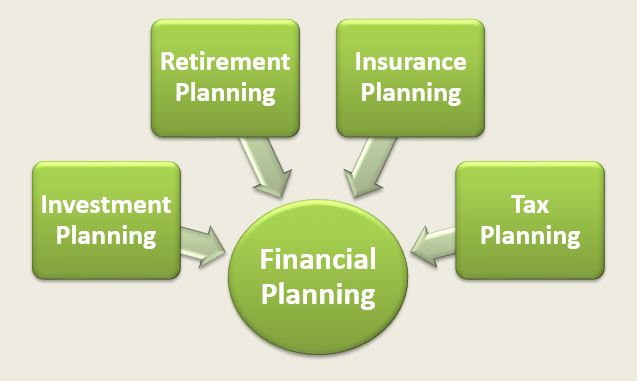Financial Planning in Simple Words: Tax Planning, Retirement Savings, and Insurance
Introduction
Financial planning is like drawing a map for your money. It helps you decide how to spend, save, protect, and grow your income so that your present feels secure and your future stays comfortable.
Three important building blocks of financial planning are:
-
Tax Planning – reducing the amount you legally owe in taxes.
-
Retirement Planning – preparing for life after work.
-
Insurance – protecting your money from sudden risks.
Let’s break each one down clearly and deeply.
1. Tax Planning – Paying Only What You Should
Tax planning means arranging your income and investments so that you don’t pay more tax than necessary. It doesn’t mean avoiding tax — it means using legal rules and benefits smartly.
Why It Matters
-
The less you spend on taxes, the more money you keep for your own goals.
-
Good tax planning makes saving and investing easier.
Common Ways People Plan Taxes
-
Retirement contributions: Putting money in retirement accounts can lower your taxable income today.
-
Claiming deductions and credits: Many governments allow you to reduce taxable income for things like medical expenses, education, or housing loans.
-
Business expenses: If you own a business, keeping records of office costs, travel, or equipment can help reduce taxable income.
-
Timing: Sometimes shifting income or expenses from one year to another reduces your tax bill.
Example
If you earn $40,000 and put $4,000 into a retirement account, you are taxed only on $36,000. That’s instant savings while still building your future.
2. Retirement Planning – Saving for Life After Work
Retirement planning means preparing for the day when you no longer earn a regular paycheck. The money you save and invest today becomes the income you will depend on tomorrow.
Why It Matters
-
Salaries eventually stop, but living expenses continue.
-
Health costs usually rise with age.
-
Depending only on government pensions is risky.
How People Prepare for Retirement
-
Workplace retirement plans: Many employers provide savings programs and sometimes even add extra money (called a “match”) to what you save.
-
Personal retirement accounts: Special accounts you open yourself that may give tax benefits.
-
Investments: Putting money in stocks, bonds, or real estate so it grows over time.
The Power of Starting Early
If a 25-year-old saves just $150 a month with a 7% average return, by age 65 they could have over $350,000. But if they start at 35 with the same amount, they’ll end up with less than half. Time is the biggest friend of retirement savings.
3. Insurance – A Shield Against the Unexpected
Insurance is not about earning money — it is about protecting the money you already have. It works like this: you pay small amounts regularly (called premiums), and in return, the insurance company promises to cover big unexpected costs.
Why It Matters
-
Emergencies can destroy years of savings.
-
Without insurance, one accident, illness, or disaster can push a family into debt.
Common Types of Insurance
-
Health insurance: Pays for hospital bills and medical care.
-
Life insurance: Provides money to your family if you pass away.
-
Property insurance: Protects homes, cars, or valuable belongings from damage or theft.
-
Disability insurance: Replaces your income if you can’t work due to sickness or injury.
Example
Imagine a surgery costs $20,000. Without health insurance, you pay everything yourself. With insurance, you may only pay a small part, like $1,000, while the insurer covers the rest. That one policy saves your savings.
Conclusion
Financial planning is about balance:
-
Tax planning helps you keep more of what you earn.
-
Retirement planning ensures a comfortable life after you stop working.
-
Insurance protects you from risks that could wipe out your hard work.
When you put these three together, you build a strong foundation: money saved from taxes, money prepared for the future, and money protected from unexpected losses.

